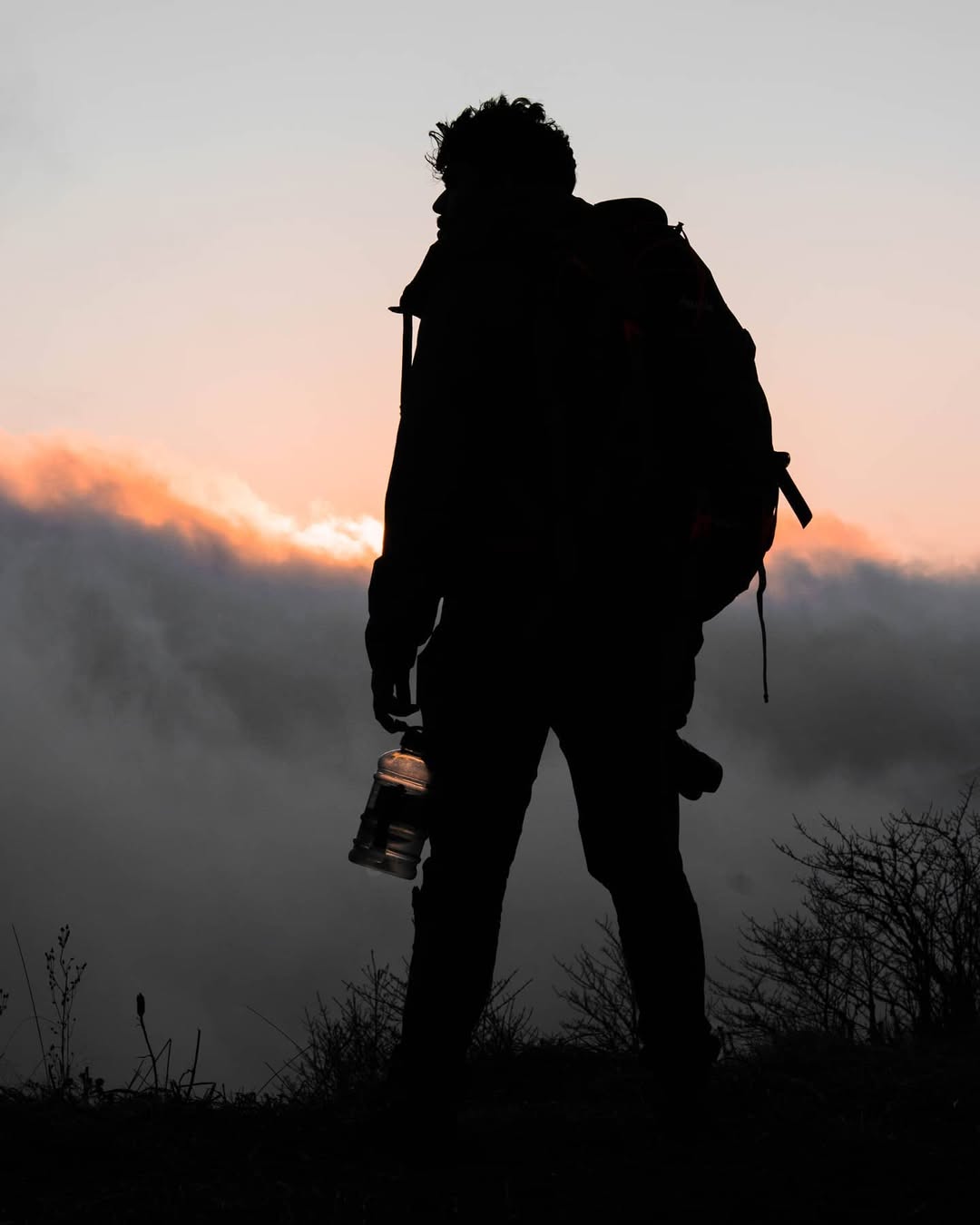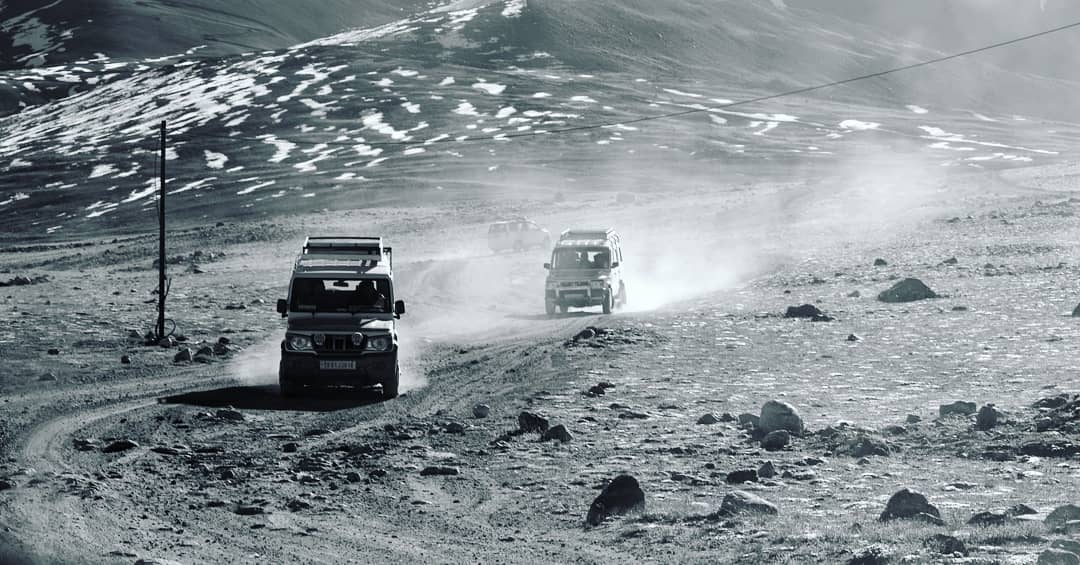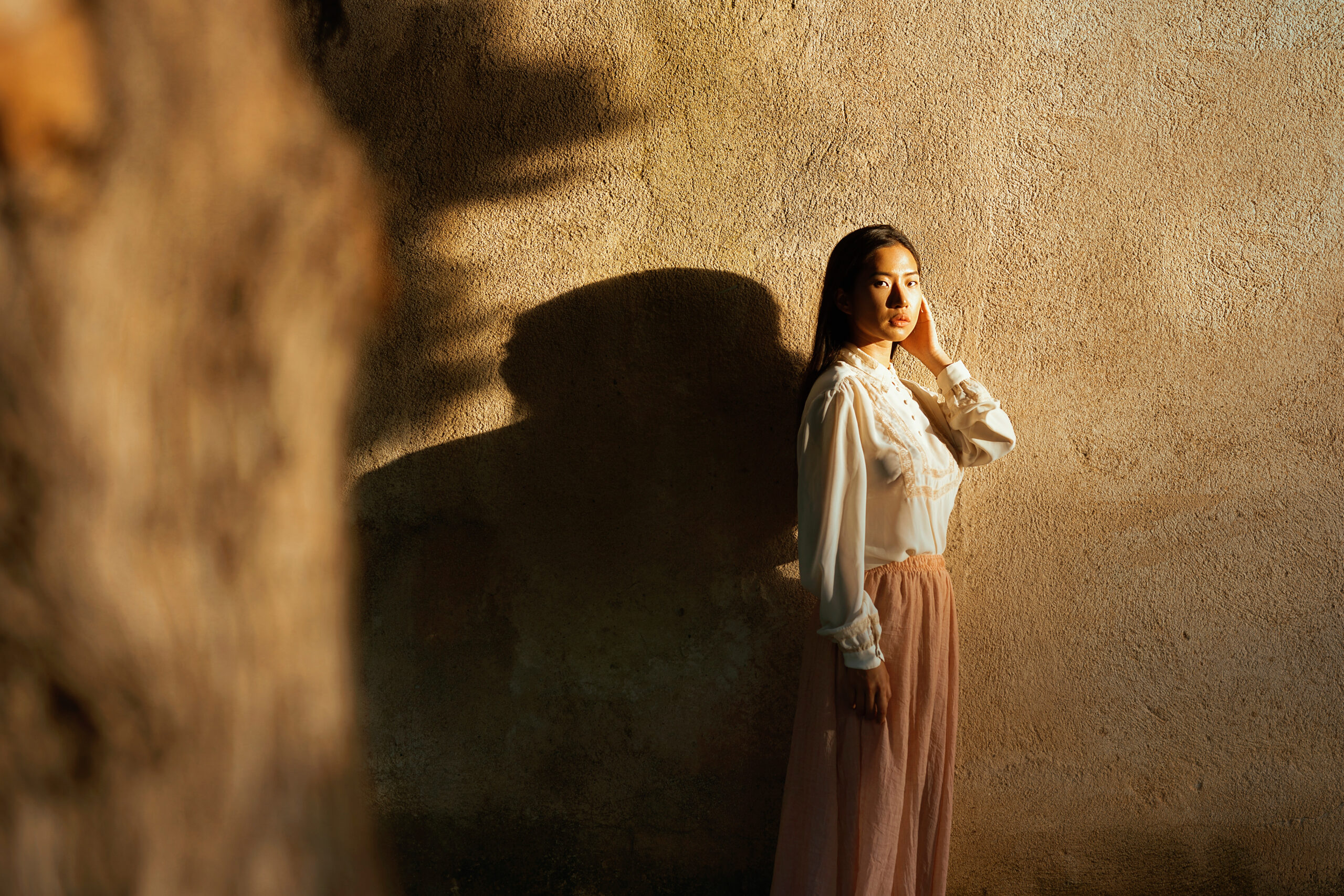Every photographer knows the significance of light in their photography. Light itself creates all the differences when we see a subject. Therefore, it becomes important to understand how one can use light to their advantage.
Now, as a beginner, most of us ignore shadow as a not so important part of the photograph. Our main focus remains on clicking everything and anything without giving attention to details. Its good practice, but it doesn’t always have the best results.
It’s natural, and I have done it myself, which you can see in most of my earlier photographs. If anyone would tell me that I should focus more on understanding one aspect at a time, I used to feel furious.
Yeah, my bad, I know. But later, by watching innumerable tutorials, photographs, my understanding broadened about shadows in photography. Yes, you can experiment on your own or can follow the following ways that I have personally practiced:
- Shoot In Black And White for Enhancing Shadows – Let’s be real. Sometimes, the presence of a variety of colors in a single frame can be distracting. It happens when you are particularly focusing on shadows to make the photo extra-special. When your vision plays with the shadow part of the photo, why not shoot it in black and white. It can create contrast at lighter and darker portions even more prominent. Our eyes can grasp the various shades of white, grey, and black way easier than the combination of various colors. That being said, colors have their own beauty, which we can’t ignore. Just switch your camera’s shooting mode to monochromic in order to shoot in black and white or color. You can convert any color photo into black and white during post-processing.
- Use Golden Hours to Your Advantage – The 20 minutes timeframe before sunset and after sunrise is the “golden hour” time. In these short periods, the sun casts a golden glow from the horizon and creates portrait shots magical. As the position of the sun stays low on the horizon, it creates long but prominent shadows that look great on your image. You can also shoot wonderful silhouettes when the sun is directly behind the subject or object. Here’s a shot from my trek in the mountains:

- Shooting Under Direct Sunlight – Shooting in the presence of direct sunlight can also create dramatic photos utilizing the shadows. Of course, try to avoid taking photos when the sun is directly above our head as it shortens the shadow. During afternoon hours, the light is extremely bright and therefore brings strong contrasts to photographs. As you are opting for shadow photography, you are actually looking for the contrast to have an incredible photo. Here’s a photograph I have taken on the way to Gurudongmer Lake:

- Never Falter To Experiment With Artificial Light – Let’s face the truth; we can’t always get natural light for shooting our shots. But you don’t need the natural light for every photograph. Previously, I would pull out all the excuses that would prevent me from making time for photography. I didn’t realize that I was sabotaging my own photography journey, bringing up my own-made excuses. As a freelance writer, I work during the morning to early evening hours. But I had free time to learn new skills in the evening, right! The artificial lights also allow you to take magical photographs. You will also have much more freedom when you are using artificial lights as they can be moved. It will be possible for us to incorporate.
- Incorporate Shapes To Create Fun Shadows – Photography doesn’t always have to be restrained by techniques. It can break patterns to create some fun stories or images. You have to look into mundane objects and see what their shadows say. Sometimes, placements of various objects not in a planned manner can create a complete shadow of a subject. The fun shadows should be easily recognizable; otherwise, the meaning of the image won’t drive home. You don’t want to work with shadows that may look distracting. In case the frame has something else to capture, you would want to leave the shadow out from the frame. Look for the shadows that create interesting and solid patterns and not something indistinguishable. In your home, you are going to find lots of objects that create distinctive silhouettes. Before clicking any interesting photos with these fun shadows, you have to do the homework. In order to get fun photos with shadows, you need to use a light that cast shadows of objects on a surface, proportionally.
- Emphasize Emotion of Your Subject – Lighted areas make every image bright and cheerful, but only shadows evoke strong emotion. Especially if you are capturing portraits, shadows help to create drama and add mystery to the compositions. Think of a staircase and its shadow falling on the wall beside it, and a person is walking up the stairs. It can emphasize emotion when the light falls on the face of the man. This is a specific style to use dominant dark tones for low-key photographs. Low-key portrait photos are a great place where you can use shadows to bring out strong emotions in a photograph.
- Add Depth to Your Photos With Rembrandt Lighting – We can use various lighting techniques according to different types of photography. Now, as we are talking about shadow photography, the Rembrandt lighting. Rembrandt lighting is used for compelling studio portrait photography or for cinematography. It doesn’t require much light, just one or two lights and reflectors. It is a popular lighting technique as it looks natural and can be produced with a minimum set of equipment. For utilizing the lighting technique, you have to position your light source at a 45-degree angle in front of the subject. After placing it right, you need to adjust the light so that it reflects on the subject’s head at 45-degrees. As the light usually stays at one side of the subject, the other part of your subject’s face may mostly remain dark. You don’t have to use something fancy to light your subject but make sure it doesn’t illuminate the whole space. In order to have subtle light at the opposite of the subject’s face, you can add a reflector at that side. It will illuminate the side lightly, creating drama to the look.
Final Thoughts
In order to master incorporating shadow in your work, you have to put hours into practice. There’s no shortcut to it. You may even come up with some other methods and bring out your best photo works.
Photography is an art and you are very much allowed to play with shadows as much as you play with the composition, color palette, styles and many more. So, go out there with your camera and start to shoot more consciously. Your mind will be open to find out interesting patterns for sure.








